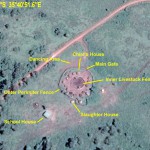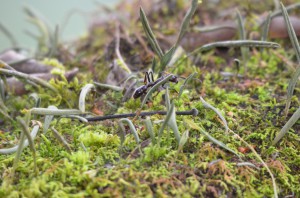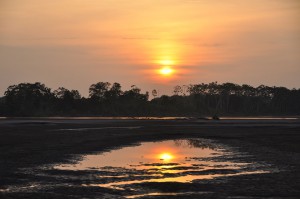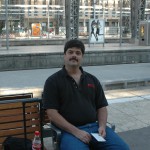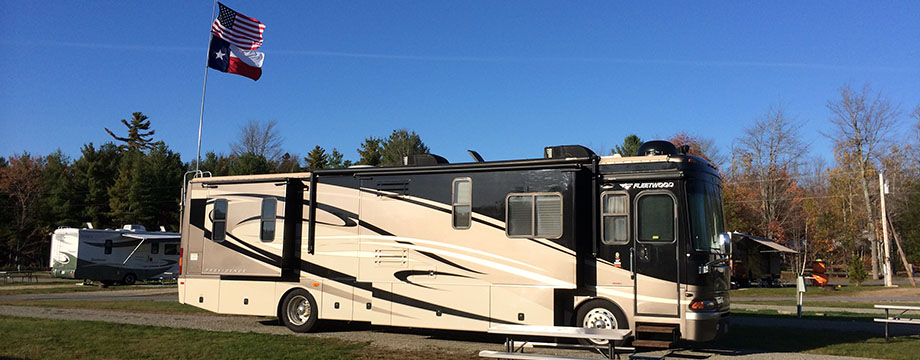


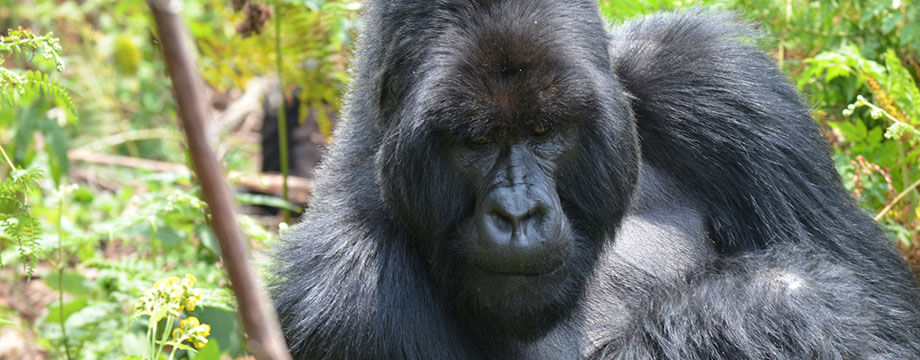
Face to Face with Magnificence in the Mist
My Story of Tracking Gorillas in Rwanda and the Congo
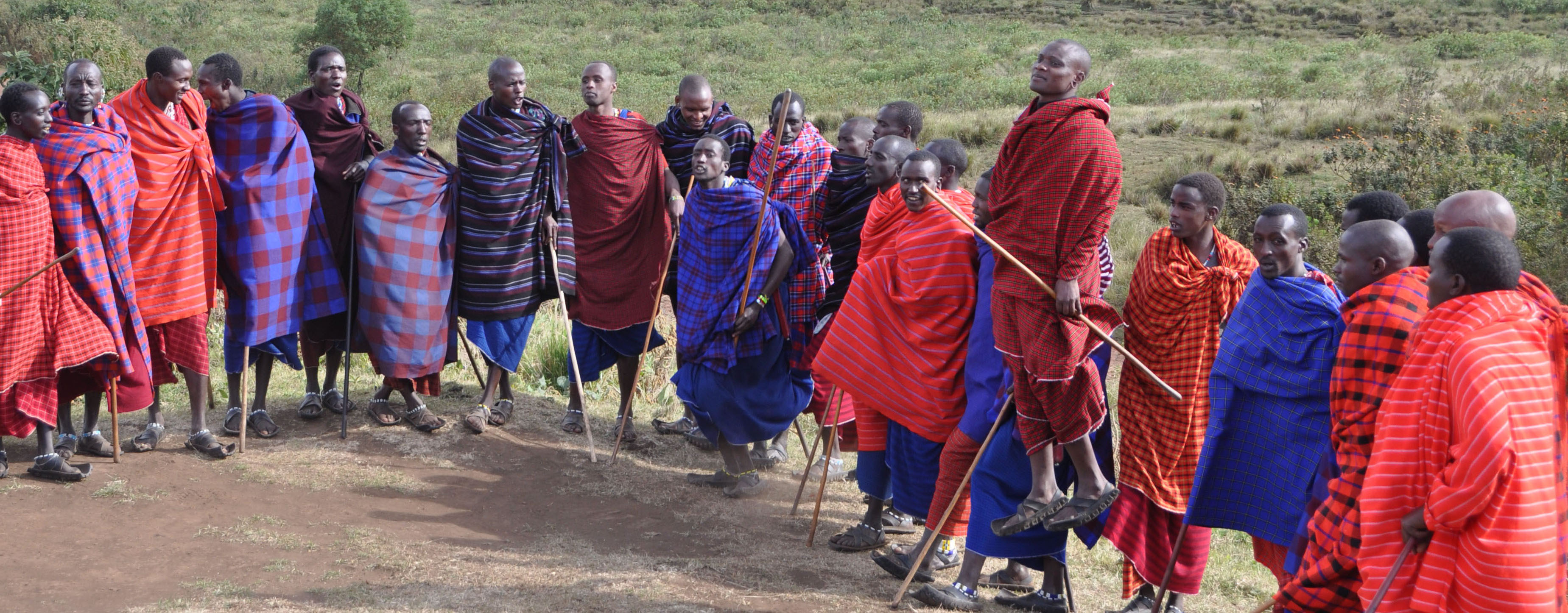
Visit to a Maasai Village and School
The Maasai are a semi-nomadic ethnic group of people living in southern Kenya and northern Tanzania. (Wikipedia: Maasai People)
We visited a family unit in their village one afternoon after a game drive through the Ngorongoro Crater. The family consisted of a man, his 15 wives, and their dozens of children. The village we visited was located just outside Ngorongoro Crater at -3.129148, 35.681014.Upon arrival just outside the village we were greeted by the chief’s eldest son. I paid him $50 to allow unfettered access to the village and permission to take photographs of the people and structures. When we first arrived in Africa our guide explained that people here are generally very private and do not like their photo being taken. But, they are willing overlook this for a little cash, and $50 goes a really long way in a remote village like this.
Read more →
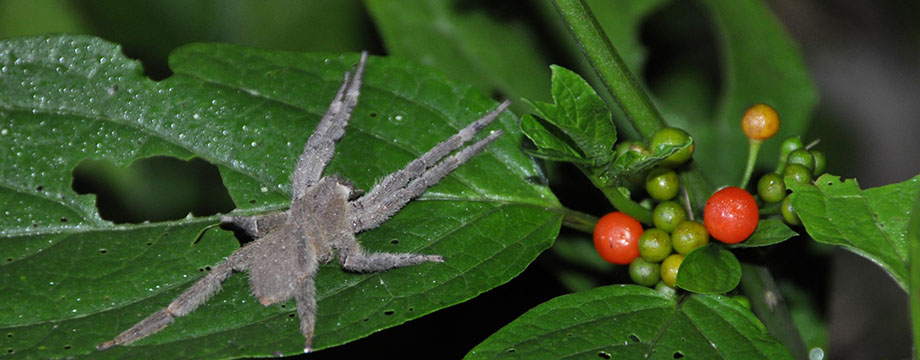
I Don’t Like Bugs…
Wow, Those Are Cool Bugs!
But show me a bug that is different than those I normally see and I think they’re cool! That’s one of the reasons I liked the Amazon so much…the bugs are pretty darn amazing. Read more →
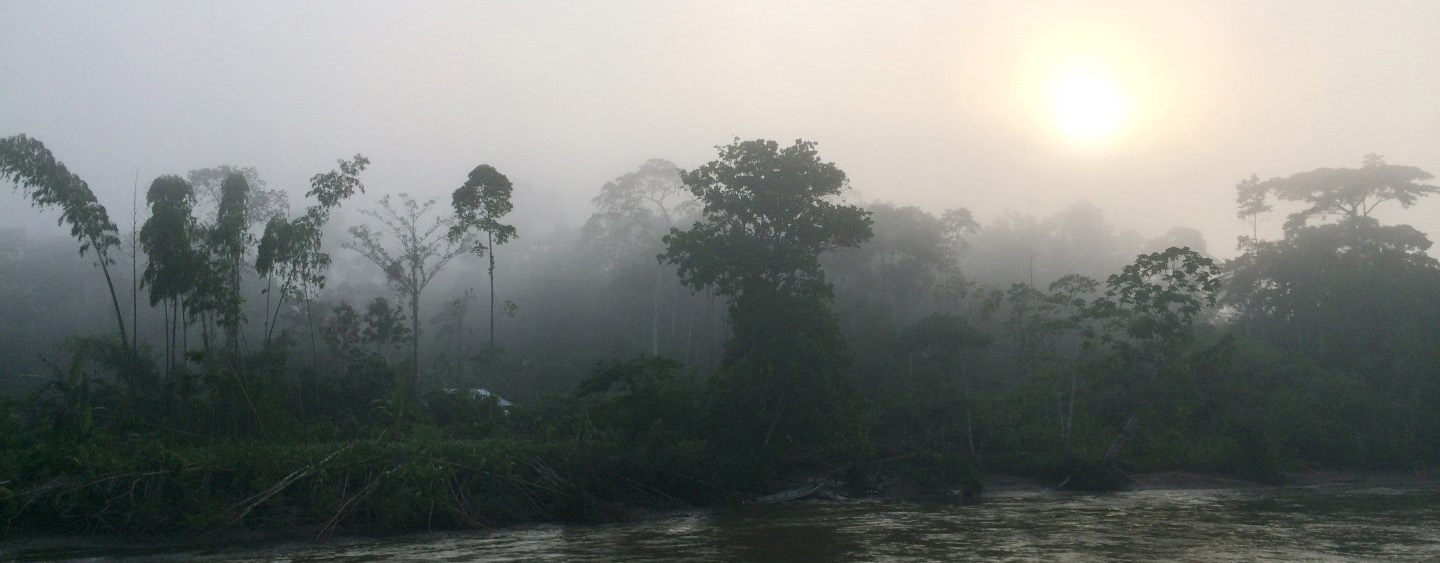
Indigenous Amazonia – The Kichwa Part 3
This is a three part series on the Kichwa people living near the Yasuni National Park in the eastern Ecuadorian Amazon Basin along the Napo River. In Part 1 of the series, we discuss the village, schools, and infrastructure. In Part 2 of the series, we visit a Kichwa farm. In Part 3 of the series, we visit a cultural center and see how the Kichwa women are working to preserve their culture.
Part 3 – The Cultural Center
During our recent trip to the Amazon, we have several opportunities to visit with the local indigenous population. We were able to visit a Kichwa community, a Kichwa farm, and a Kichwa cultural area.
The Kichwa (or Quechua) are an indigenous people in South America. They speak the Kichwa language, which is also the same language the Inca’s spoke. They are found primarily in Ecuador, Peru, Bolivia, Chile, Colombia, and Argentina. Total population of Kichwa people is between 10 and 11 million people, with about 2.5 million of them in Ecuador.
In Part 1 of the series, we looked at a village commune and visited a school.
In Part 2 of the series, we looked at a farm.
Our third visit was to an Añangu Kichwa Cultural Center. Read more →

Indigenous Amazonia – The Kichwa Part 2
This is a three part series on the Kichwa people living near the Yasuni National Park in the eastern Ecuadorian Amazon Basin along the Napo River. In Part 1 of the series, we discuss the village, schools, and infrastructure. In Part 2 of the series, we visit a Kichwa farm. In Part 3 of the series, we visit a cultural center and see how the Kichwa women are working to preserve their culture.
Part 2 – The Farm
During our recent trip to the Amazon, we have several opportunities to visit with the local indigenous population. We were able to visit a Kichwa community, a Kichwa farm, and a Kichwa cultural area.
The Kichwa (or Quechua) are an indigenous people in South America. They speak the Kichwa language, which is also the same language the Inca’s spoke. They are found primarily in Ecuador, Peru, Bolivia, Chile, Colombia, and Argentina. Total population of Kichwa people is between 10 and 11 million people, with about 2.5 million of them in Ecuador.
In Part 1 of the series, we looked at a village commune and visited a school.
Our second visit was to a Kichwa farm. Read more →

Indigenous Amazonia – The Kichwa Part 1
This is a three part series on the Kichwa people living near the Yasuni National Park in the eastern Ecuadorian Amazon Basin along the Napo River. In Part 1 of the series, we discuss the village, schools, and infrastructure. In Part 2 of the series, we visit a Kichwa farm. In Part 3 of the series, we visit a cultural center and see how the Kichwa women are working to preserve their culture.
Part 1 – The Village Commune
During our recent trip to the Amazon, we had several opportunities to visit with the local indigenous population. We were able to visit a Kichwa community, a Kichwa farm, and a Kichwa cultural area.
The Kichwa (or Quechua) are an indigenous people in South America. They speak the Kichwa language, which is also the same language the Incas spoke. They are found primarily in Ecuador, Peru, Bolivia, Chile, Colombia, and Argentina. Total population of Kichwa people is between 10 and 11 million people, with about 2.5 million of them in Ecuador.
Our first visit was to a Kichwa commune. Read more →
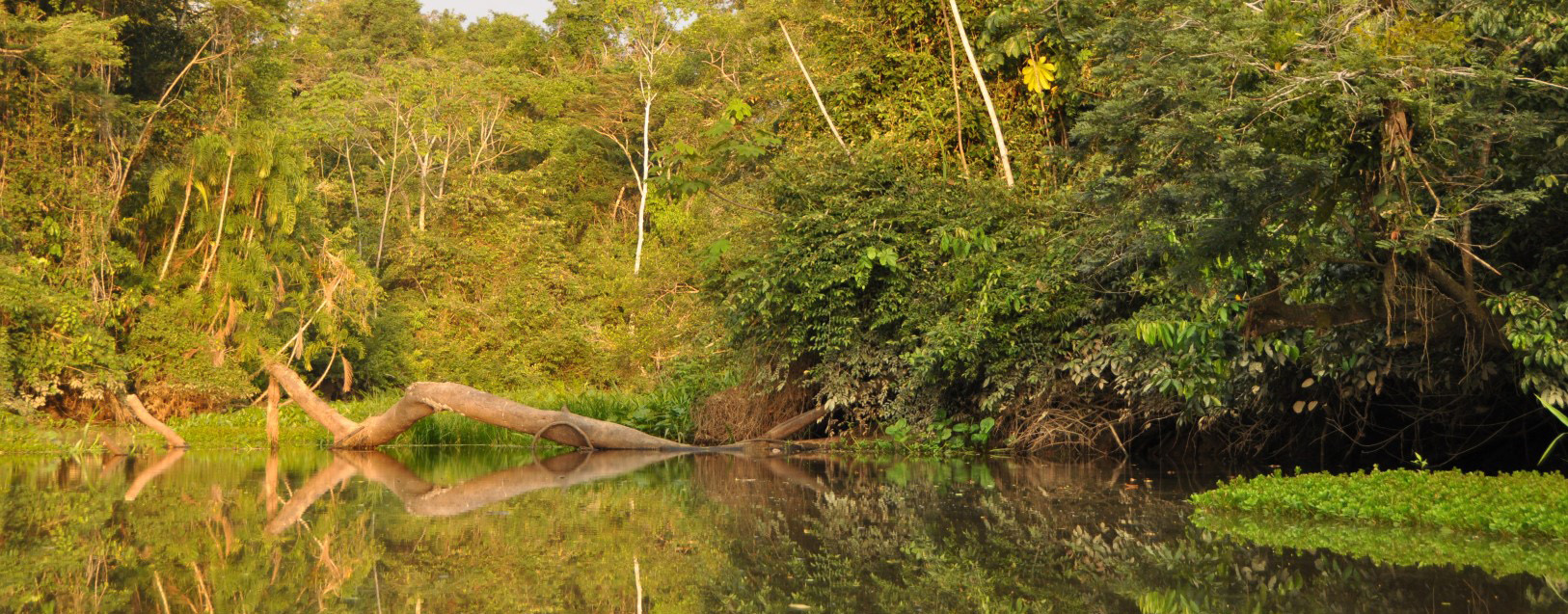
Rain. As in Forest.
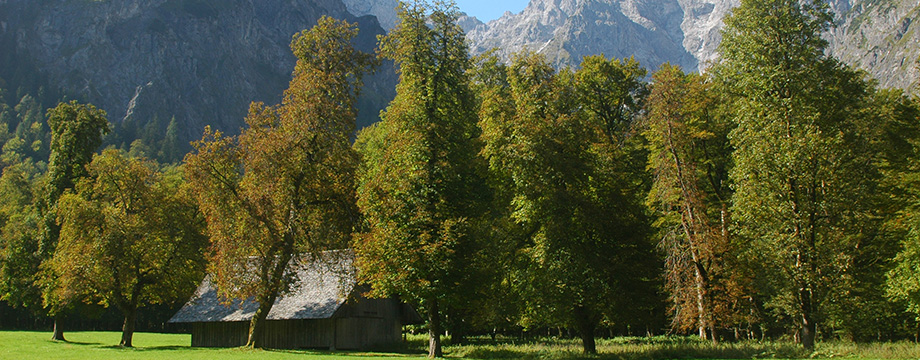
A Trip Down Memory Lane…
Cologne and the Rhine Valley, Germany
Our Trip to Germany and Czech Republic
Cologne and the Rhine River
Part 2 of the Series
After a great nights’ sleep in Frankfurt, we headed to Cologne (Köln for you German-speakers). We were able to leave most of our luggage at the hotel in Frankfurt and just took what we needed for an overnight trip. We walked to the main train station (hauptbahnhof) and bought our tickets for the ICE (intra city express) to Cologne. This particular train travels at 150 mph…pretty darn cool!
The Cologne bahnhoff was very busy and crowded, much more so than Frankfurt. We checked our one bag at an automatic luggage machine; you put your money and your luggage in the machine and it gives you a baggage claim card that you’ll need to retrieve your luggage. The luggage is taken downstairs via a little elevator inside the machine.
Read more →
